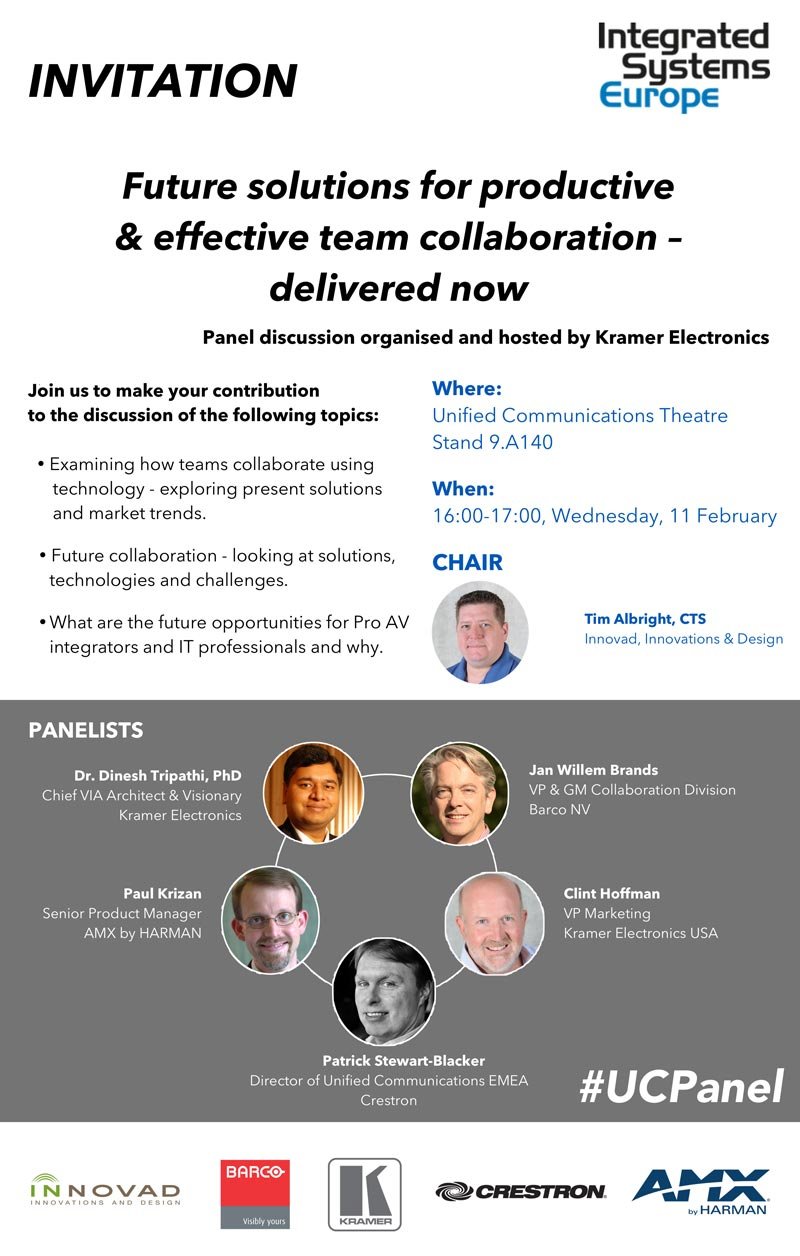“BYOD” or “Bring Your Own Device” is the next generation of presentation support. Today’s tablets and smartphones are doing what yesterday’s laptops did for presentations: allowing presenters to walk to the podium with little more than a mobile phone, plug in an adaptor connected to the A/V system, and have their presentation displayed in high definition.
An audience of more than 500 international engineering, technical and creative professionals witnessed this reality first−hand at the annual Hollywood Post Alliance (HPA) Technology Retreat in Indian Wells, CA. The HPA meeting gathers talent from all aspects of digital−cinema, post−production, film, television, video, and related technologies for its annual information exchange. Pete Putman, technology consultant and president of ROAM Consulting LLC, noted in a presentation to this group that these mobile devices “slice, dice, and get smaller, faster and smarter” every year. They are 100 percent digital, powerful, and fast, and support WiFi, Bluetooth and other protocols, Putman told his audience. The biggest advantage: when connected to a single port, they can carry multiple signal types – video, audio, Ethernet, metadata, serial control and more.
Putman maintains that effective presentations can be given by simply hooking up the mobile device to a switcher/scaler. He demonstrated that by wiring a Kramer Electronics VP−773 ProScale® switcher/scaler to the lectern in the presentation room, a single HDMI cable can connect the switcher to a phone or tablet. Pull up the PowerPoint deck, graphics or video, route the audio through a Kramer FC−46xl audio de−embedder, and the presentation is live in high definition.
Putman says the Kramer VP−773 switcher/scaler automatically connects the video output of tablets and smartphones at their highest resolution (typically 1920x1080 pixels), so any BYOD will display correctly on large screens.
“It’s very simple,” Putman told his audience. “You can literally walk into a presentation with just your phone and give an entire PowerPoint presentation in HD.” And he emphasized that both presenters and AV technicians need to understand that these BYOD connections are becoming increasingly popular.
The “mini” or “micro” versions of HDMI and DisplayPort interfaces follow the same specifications given for the full−sized versions of these connectors. Their display and audio signals can be switched and distributed through conventional DAs and AV matrices, and adapter cables and turnaround plugs for both interface formats are readily available and inexpensive. For best performance, the recommended maximum length of BYOD cables is 20 feet.
“Using the Kramer VP−773 makes connecting a BYOD and displaying outstanding picture quality a 30−second task,” Putman said.


